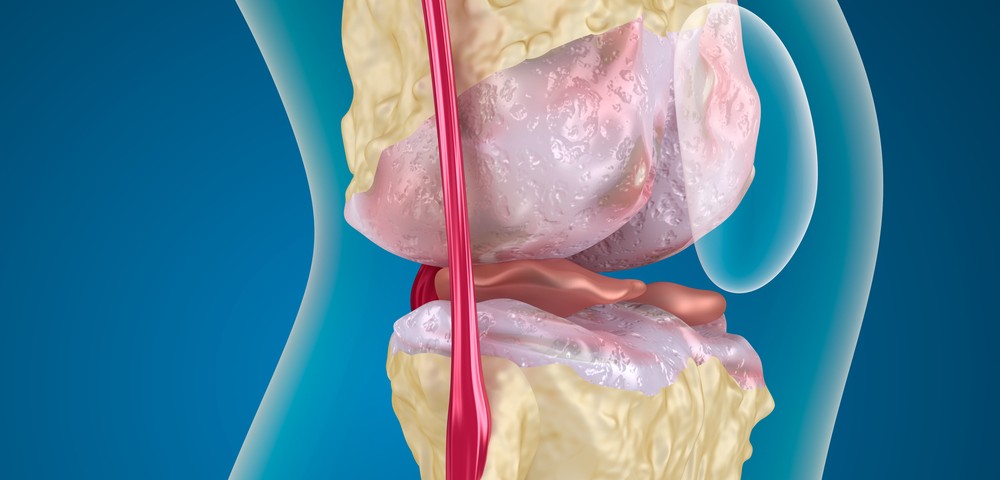The University of California, San Francisco School of Medicine has granted Institutional Review Board (IRB) approval to Navidea Biopharmaceuticals to conduct a Phase 1 clinical trial evaluating Lymphoseek (technetium Tc 99m tilmanocept) injection to identify active rheumatoid arthritis (RA) in pre-identified RA-affected joints.
Navidea also received WIRB IRB approval to expand the clinical trial to other sites and will soon begin to enroll patients.
Ohio-based Navidea is developing multiple precision-targeted products and platforms including Manocept to help identify sites and pathways of undetected disease and enable better diagnostic accuracy, clinical decision-making, targeted treatment, and, ultimately, patient care.
Lymphoseek injection is a novel radiopharmaceutical used to evaluate lymph nodes that may harbor cancer cells. It is Navidea’s first commercial product from the Manocept platform and the first and only FDA-approved receptor-targeted lymphatic mapping agent.
“This IRB approval is an important and significant advancement in the expansion of the Manocept platform as we can now start enrollment in this seminal RA immunodiagnostic study,” Frederick O. Cope, PhD, Navidea’s chief scientific officer, said in a recent press release. “We believe in the medical value of Manocept platform to enhance the specific diagnosis of inflammatory and infectious diseases to benefit patient care and guide treatment.”
The open-label Phase 1 clinical trial will assess the ability of an injection of Lymphoseek to identify RA-inflamed joints in up to 18 active rheumatoid arthritis subjects. Imaging techniques will be used to evaluate the effect of the injection. Four patient cohorts will be included in the trial — those with active disease and arthritis-free patients. Each group will be evaluated with two different doses of Lymphoseek.
Data retrieved from this clinical trial will help to determine the ability of Lymphoseek to localize in patients with rheumatoid arthritis and show concordance with disease symptoms, to compare the intensity between the two dose cohorts, and compare localization between patients with active disease and patients free of arthritis.
The results from this clinical trial will be used to help design follow-up trials.


